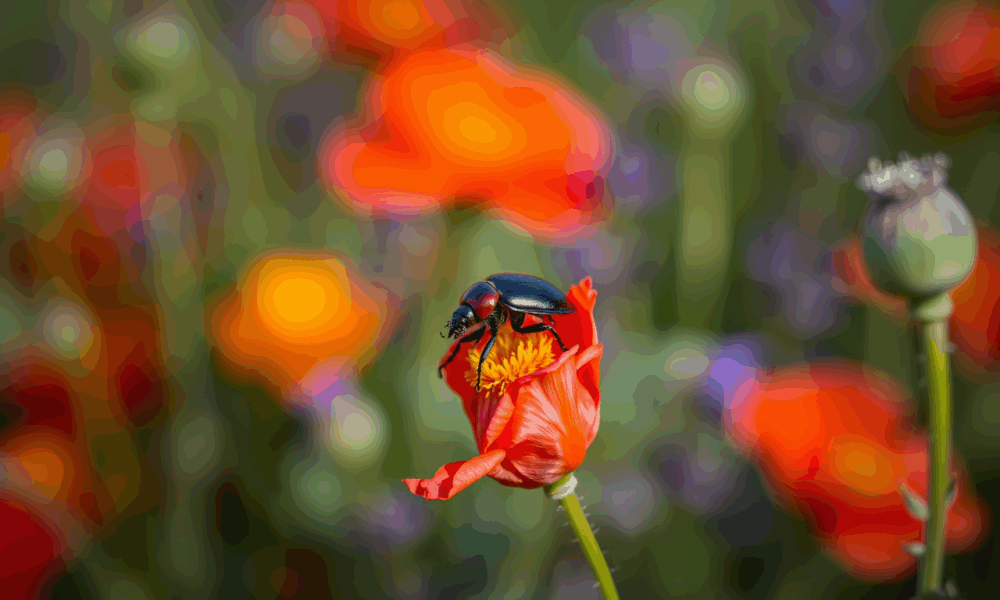
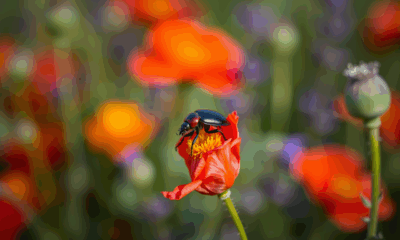

Beetles that can see the color red? That s exactly what scientists discovered in two Mediterranean species that defy the norm of insect vision. While most...
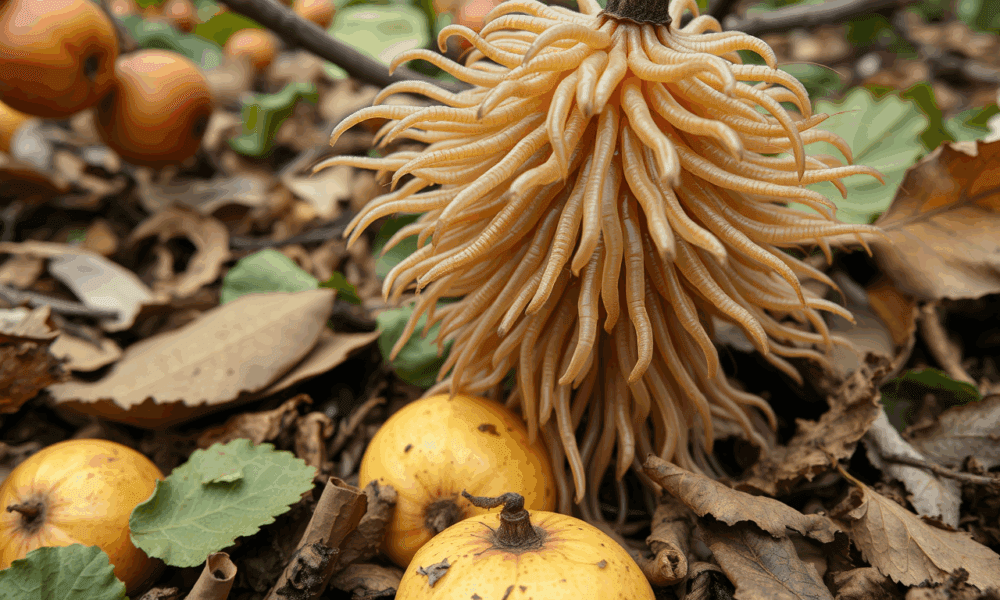
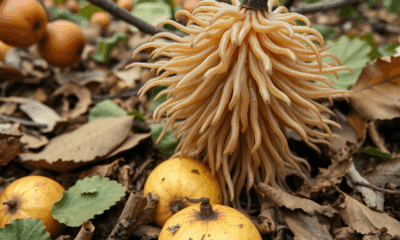

Nematodes tiny yet mighty form wriggling towers to survive and travel as a team. Long thought to exist only in labs, scientists have now spotted these...



Ten thousand years after mastodons disappeared, scientists have unearthed powerful fossil evidence proving these elephant cousins were vital seed spreaders for large-fruited trees in South America....



Despite Earth's most devastating mass extinction wiping out over 80% of marine life and half of land species, a group of early reptiles called archosauromorphs not...



Mercury contamination is surfacing as a serious concern in parts of Georgia and South Carolina, particularly in regions like the Okefenokee Swamp. University of Georgia researchers...



Reef "beauty salons" staffed by tiny cleaner fish aren t just for parasite removal they may also shape the microbial life of the entire ecosystem. A...
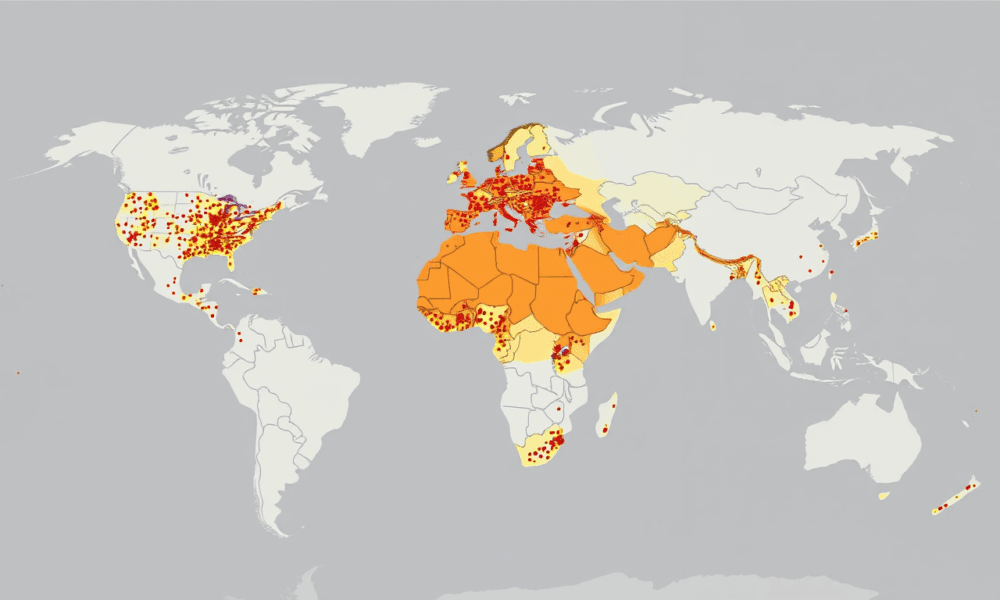
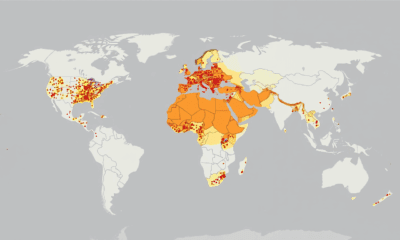

What if all life on Earth followed a surprisingly simple pattern? New research shows that in every region, species tend to cluster in small hotspots and...
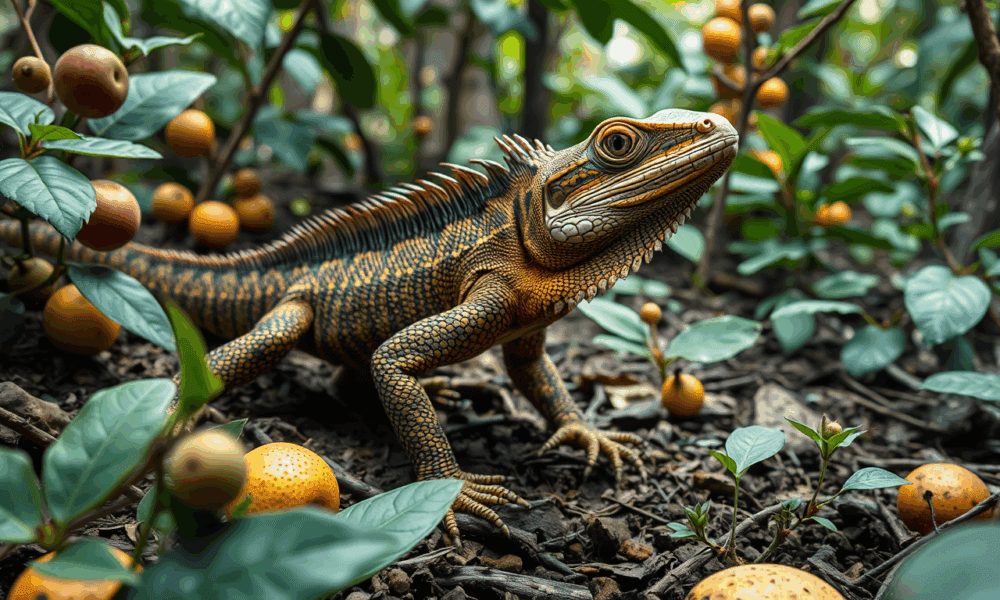
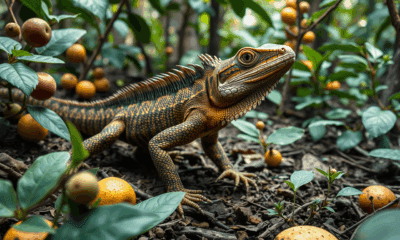

After millions of years of evolutionary isolation, Madagascar developed an unparalleled array of wildlife, and recent research has uncovered an unsung ecological hero: the lizard. Though...
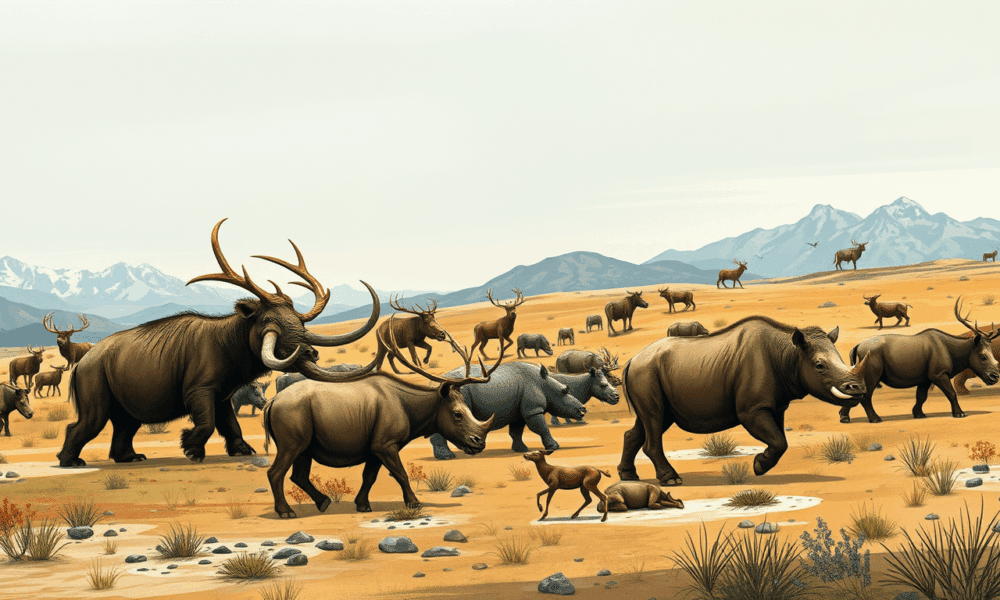
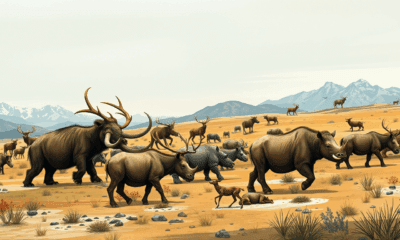

For millions of years, large herbivores like mastodons and giant deer shaped the Earth's ecosystems, which astonishingly stayed stable despite extinctions and upheavals. A new study...
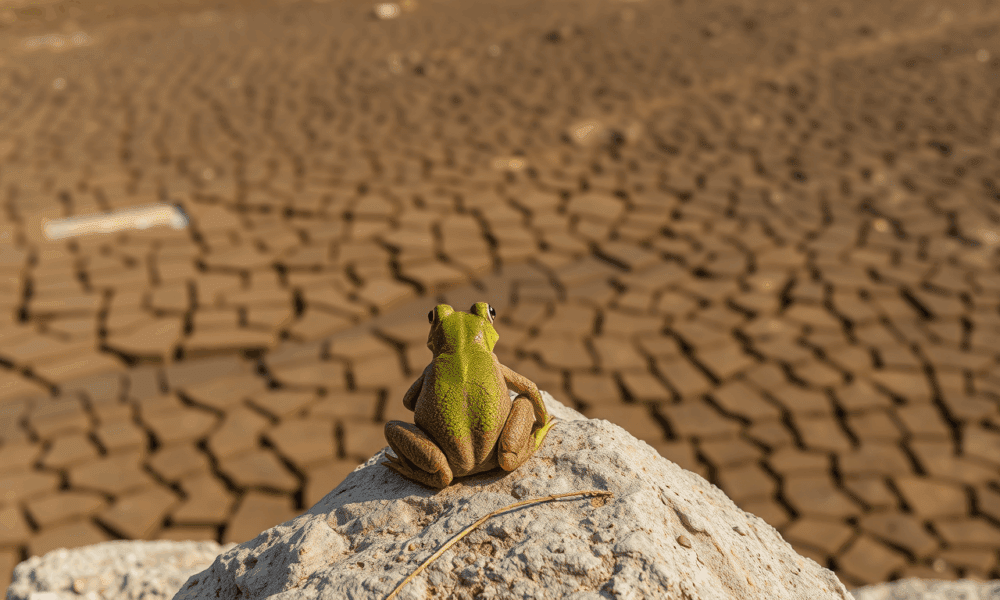
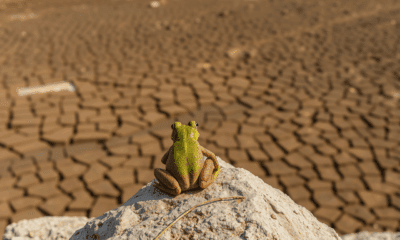

Frogs, salamanders, and other amphibians are not just battling habitat loss and pollution they're now also contending with increasingly brutal heat waves and droughts. A sweeping...